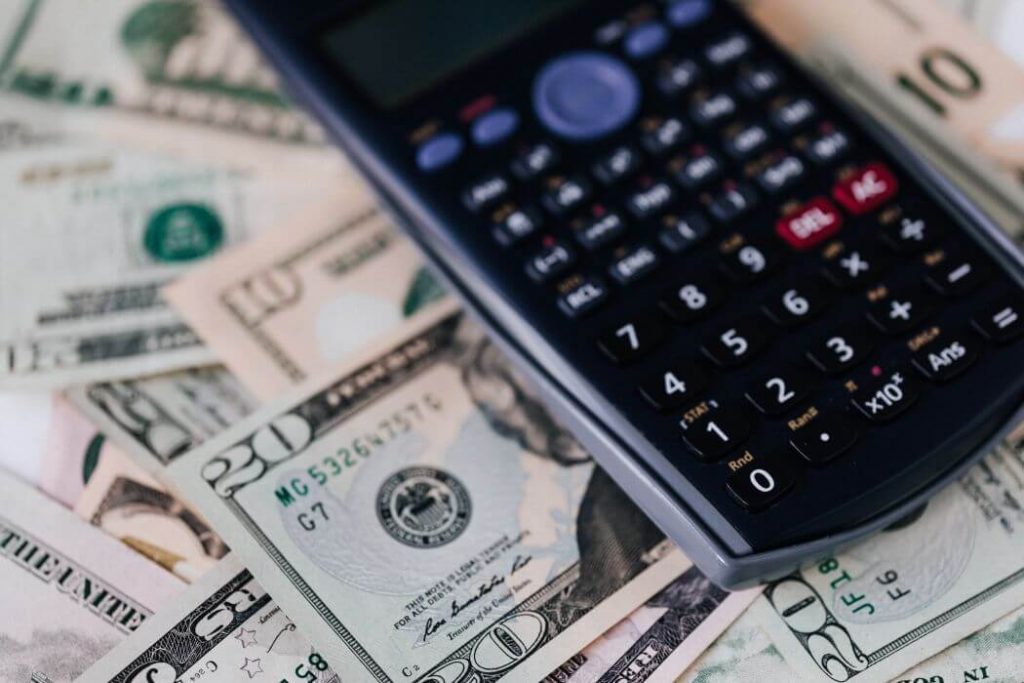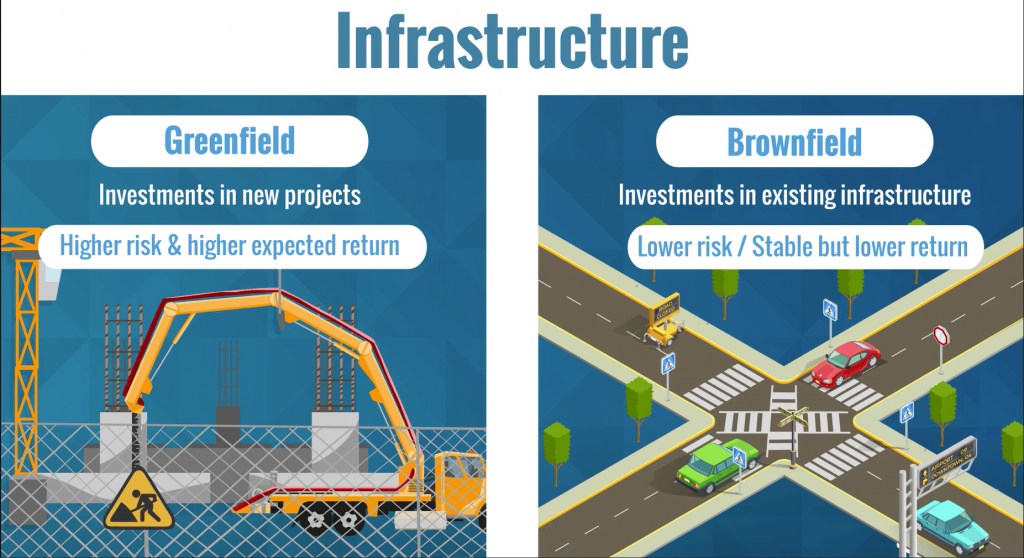Alternative Investments
Join over 2 million professionals who advanced their finance careers with 365. Learn from instructors who have worked at Morgan Stanley, HSBC, PwC, and Coca-Cola and master accounting, financial analysis, investment banking, financial modeling, and more.
Start for Free
Apart from hedge funds, private equity, and real estate, a finance professional may opt to invest in various commodities, infrastructure, as well as smaller alternative asset categories.
What Is a Commodity?
Fundamentally, a commodity is a basic good used in commerce. They are most often adopted as inputs in the production of other goods or services and may include grains, gold, oil, and natural gas. In general, we differentiate between three main types of commodities:
- Soft commodities, such as crops;
- Hard commodities, such as gold, metals, and oil;
- Energy commodities, such as gas, coal, and electricity;
It may be interesting to know that commodities of the same type and grade are mostly seen as fungible (mutually interchangeable). Other things being equal, buying same-grade crude oil from Russia or Canada makes no difference, so long as the asset remains identical in grade. In practice, investors can buy and sell commodities on both — the spot market (for immediate delivery) and the futures and forward market (for delivery at a later date). As such, they incur costs for storage and transportation. Nowadays, it is more common to use derivatives, such as futures, forwards, options, and swaps rather than to invest directly in these assets.
Historically, returns on commodities have not been as high as the ones on stocks or bonds. Their Sharpe ratios have also been low due to the lower returns and high volatility. Moreover, the correlation between commodities and equities and commodities and bonds have been low, typically less than 0.2, so they can provide diversification benefits to a portfolio. The truth is that commodity prices rise when inflation accelerates, which is why investors buy these for protection purposes, especially during times of increased inflation.
What’s more, commodity prices can be interpreted as a function of supply and demand. Demand is determined by global economic conditions and cycles, which affect the value of a commodity to end-users. By contrast, supply is related to inventories, production, and storage costs. Many commodities have long lead times to alter production, which makes their short-term supply inelastic. For example, it takes time to drill oil wells or plant crops. Oil production costs, on the other hand, depend on the specific area and extraction methods. It’s also worth mentioning that agricultural commodities can be significantly affected by weather conditions. This can create short-term imbalances between supply and demand, making commodities pricing volatile.
In a nutshell, important factors to consider when projecting commodities’ supply and demand include:
- Levels of inventories
- Expectations of economic growth
- Government policies
- Weather patterns
- Production conditions
- Costs
What Are Infrastructure Investments?
Primarily, these include transport assets like airports, ports, railways, and roads. Moreover, this asset class involves utilities such as water and gas distribution networks, power plants and electrical grids, and waste management facilities. Telecommunications networks are also part of the Infrastructure category — they include broadcasting and cable assets. Finally, we have social infrastructure which encompasses schools and healthcare facilities.
Infrastructure investments can be further divided into greenfield and brownfield. Greenfield focuses on new projects yet to be constructed. And brownfield is an investment in already existing infrastructure. The former is riskier but offer higher growth potential, while the latter has stable and visible cash flows and yields. However, it exhibits lower growth potential.
Greenfield projects include additional stages of planning, regulatory permit issuing, engineering, procurement, construction, commissioning, contracting and so on, which hold additional risks. These processes usually take years. Practice shows that various circumstances often cause delays, cost overruns, and may even freeze projects.

We can put together a very long list of examples of greenfield infrastructure projects that didn’t go as planned, but just to mention one – the famous Channel Tunnel between the UK and France opened one year later — in 1994 — and had a final cost of £9.5 billion, which is twice the original budget!
There are several ways infrastructure investments can be made. Greenfield projects can be constructed and sold, or leased to another party to operate them. If the lease arrangement doesn’t work out as expected, a lease termination letter may be necessary to end the agreement. Alternatively, they can be constructed and operated directly. Brownfield assets, on the other hand, can be bought from the government and operated directly, or leased to another operator.
Typically, direct infrastructure investments are illiquid, as these assets are quite large and have long lifecycles. However, they can be structured as ETFs, mutual funds, or private equity funds. This is a way to make them more liquid and accessible to a broader investor base.
Another investment vehicle that can be used is a Master Limited Partnership (MLP). This is a limited partnership that is traded publicly on an exchange. It combines the tax benefits of a limited partnership with the liquidity of publicly traded securities.
Overall, infrastructure is characterized by stable returns and diversification benefits. However, like any other investment category, it is also subject to various risks. One of them is the regulatory risk — infrastructure assets are highly regulated in terms of their operating and cost structure. For example, the prices charged to end-users may be subject to tariffs determined by the government.
Moreover, infrastructure assets can support high leverage, therefore they entail the risk of financial leverage as well. Lastly, we should not underestimate construction and operational risks, which are relevant to investors with exposure to the construction and operation of these assets.
What Are Collectibles?
You won’t be surprised to know that a big category of alternative investments is collectibles, with artbeingfeatured most prominently. Other tangible collectibles include rare coins, alcohol, stamps, jewelry, watches, and even sports memorabilia can also be considered alternative investments.
As a rule, these assets don’t generate income. Of course, paying an entrance fee to view artworks in a gallery makes an exception. Here, most of the investment return is expected to come from an increase in the price of assets. Unlike other types of assets, part of their value consists of owning, viewing, and using them! Normally, collectibles are illiquid and specialized knowledge is required to manage them. Storage costs tend to be high, especially for assets like art and wine.
The Bottom Line
Financiers find alternative investments very useful for diversifying risk. Their low correlation with stocks and bonds may reduce a portfolio’s volatility and gain additional returns. With the right kind of expertise, one might take great advantage of buying into such assets. Before making such an investment decision, you should make sure that you are well acquainted with the major Investment Asset Classes. Knowing this will help you tailor your portfolio as per your risk and return appetite.
